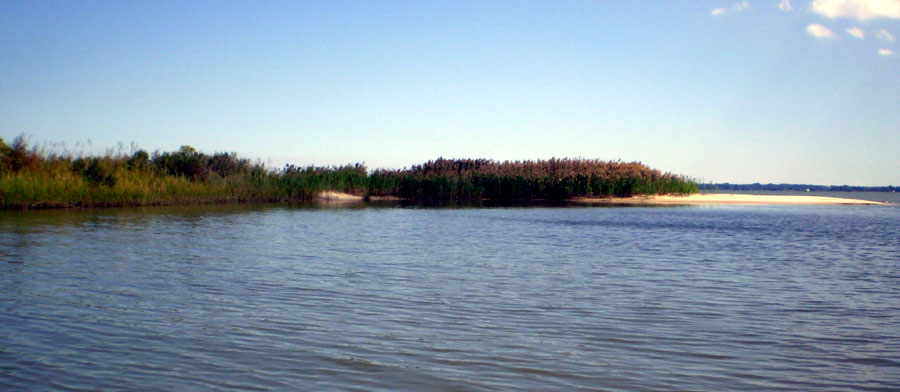Throughout the Northern Neck and coastal plain, homes and businesses are experiencing increased erosion from winds, waves, currents, tides and recreational activities making homes and businesses more vulnerable.
To minimize long-term damage, an updated Shoreline Management Handbook is available from the Virginia Coastal Policy Center (VCPC), the Center for Coastal Resources Management (CCRM) at VIMS, and Clay Bernick Environment & Sustainability, LLC.

Evidence shows that hardened shorelines do not function well over time in many settings and harm estuarine ecosystems. Living shorelines are the preferred alternative that:
- Increase property value
- Increase resilience to large storms
- Reduce construction costs
- Improve recreation activities
- Stabilize shorelines
- Absorb wave energy
- Filter sediments and pollutants from land uses to improve water quality
- Trap sediment
- Restore habitat and spawning areas
- Provide educational opportunities

Living Shorelines is a shoreline management system designed to protect or restore a natural shoreline ecosystem from powerful storms, accelerated sea level rise, and landward erosion through the use of natural and, sometimes, man-made elements.

Types of Living Shorelines
There are two categories for living shorelines: Non-structural and Combined structural/non-structural. Each utilizes vegetation to protect the shoreline from erosion, flooding, and storm surges. The type of living shoreline application depends on the amount of erosion, wave energy, and size.
Nonstructural
For existing or restored natural shorelines with low to moderate wave energy environments
- Bank must have correct slope and elevation for growing
- Native, vegetative planting (may need maintenance to add additional
plants for the first year) - Sandy beach fill to create slope or fill where erosion has already occurred
Combined structural/non-structural
For low to high wave-energy environments using the above techniques with:
- Breakwaters
- Low-profile groins
- Marsh toe revetments
- Sills (oyster bags, oyster sentinels, recycled oyster shells, rip rap with gaps to wetlands)
Depending on the scope of the living shoreline, landowners can apply for a free Living Shoreline Group 1 General Permit through the Virginia Marine Resources Commission and local Wetlands Board (download guidelines here).

Additional Helpful Strategies:
- Grade land away from eroding shoreline
- Maintain riparian buffer adjacent to shoreline
- Complement with other stormwater management (rain barrels, rain garden, conservation landscaping)



For More Information:

